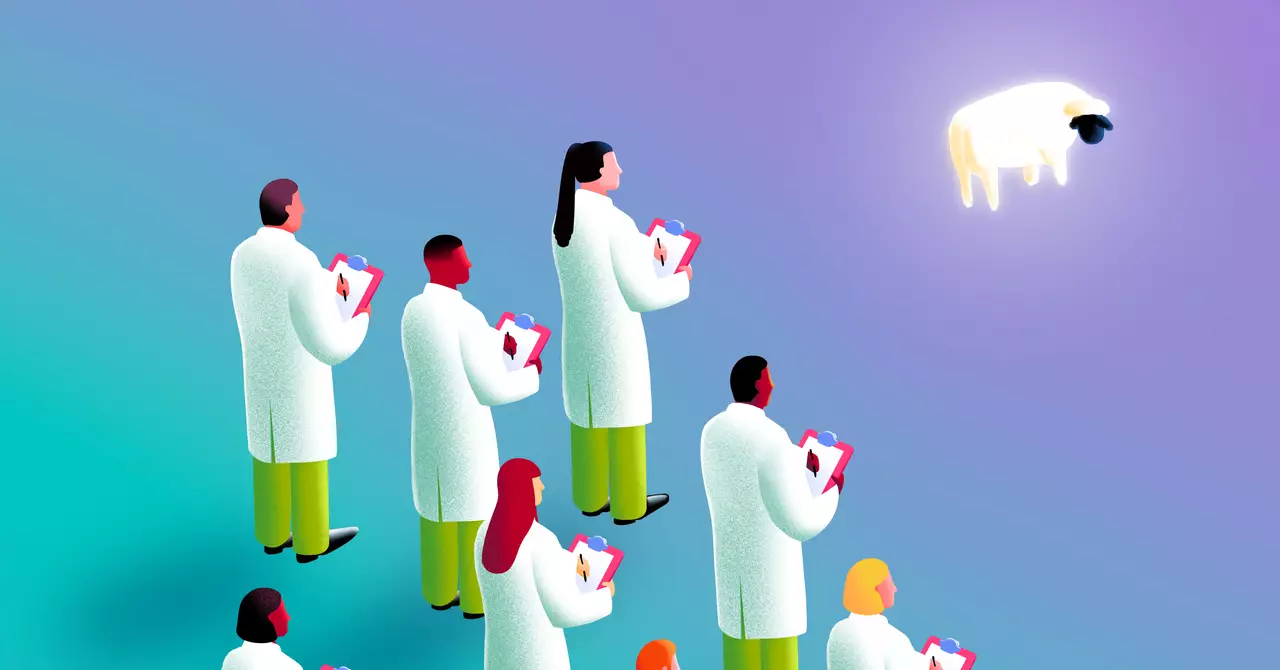As we approach 2025, the potential of AI and machine learning to decode animal communication is a captivating topic that promises to reshape our understanding of the animal kingdom. The quest to comprehend what animals share amongst themselves has intrigued humans for centuries, and recent advancements in technology signal that we are closer than ever to cracking this complex code. With initiatives like the Coller-Dolittle Prize incentivizing scientific exploration, the intersection of technology and biology could revolutionize our relationship with other species.
The Coller-Dolittle Prize offers a significant financial incentive—up to half a million dollars—to scientists and researchers who can unlock the mysteries of animal communication. This prize not only fuels ambition among researchers but also reflects a broader optimism regarding the capabilities of contemporary machine learning models. Such financial backing is emblematic of a growing belief that AI can aid in interpreting the vocalizations and behaviors of animals in a way that surpasses prior efforts. It underscores a profound recognition of the urgent need to bridge the communication gap between species.
Leading projects, such as Project Ceti, have already embarked on the challenging journey of interpreting the sophisticated sounds made by marine mammals like sperm whales and humpback whales. These research endeavors highlight the concerted efforts being made within the scientific community to utilize AI technology for parsing animal sounds, an endeavor that has remained elusive in the past.
One of the primary hurdles that researchers have faced is the scarcity of high-quality, well-annotated data on animal communication. To put this into perspective, consider the vast amount of text data used to train AI models like GPT-3, which exceeds 500 GB. This is in stark contrast to the minuscule datasets available in the realm of animal communication. Such limitations have historically impeded progress, but with the advent of new, low-cost recording technologies like AudioMoth, researchers can now deploy recording devices in natural habitats to capture hours of animal vocalizations. These tools democratize access to critical data, enabling a multitude of research teams to contribute to this burgeoning field.
Automated sound analysis techniques powered by convolutional neural networks are transforming how scientists can process and categorize these recordings. This leap in technology allows for previously unimaginable datasets to be analyzed rapidly and effectively, uncovering patterns that could provide insights into how animals communicate.
With the ability to gather extensive datasets comes the opportunity to apply advanced analytical methods. Researchers are beginning to explore deep neural networks to identify patterns and structures within sequences of animal vocalizations. While human language consists of distinctly defined words and grammar, the vocalizations of animals may not conform to the same structures. This inherent complexity raises an intriguing question: can the patterns in animal communication be understood on a comparable level to human language, or do they represent something entirely different?
The pursuit of understanding animal communication brings researchers to the crossroads of language and behavior. While some organizations, such as Interspecies.io, aspire to facilitate translation of animal signals into a human language, a substantial body of scientists remains skeptical about whether animals possess a structured language akin to our own. At this point, it is prudent to approach these aspirations with caution, allowing room for the possibility that animals may not communicate in a way that is directly translatable.
The implications of decoding animal communication extend far beyond mere curiosity. Establishing a deeper understanding of how animals share information could enhance conservation efforts, allowing us to protect endangered species by recognizing the social structures and relationships within their populations. It may also play a vital role in the ethical treatment of animals, fostering a better appreciation for the lives and languages of non-human inhabitants of our planet.
As we look toward 2025, the prospect of expanding our understanding of animal communication presents an opportunity for interdisciplinary collaboration. Researchers, linguists, and technologists can converge to uncover the nuances of animal dialogues, deepening our empathy and connection with the natural world. The forthcoming advances in data collection and AI technologies hold the promise of shedding light on the rich tapestry of animal interactions—a goal that, until now, has seemed just beyond our reach.
While challenges undoubtedly remain in the quest to understand animal communication, the advancements on the horizon signal a turning point in our relationship with non-human species. As we work toward unveiling the secrets held within animal vocalizations, we might discover not just what they are saying, but also find new pathways to coexist and thrive with the myriad forms of life that share our planet.

